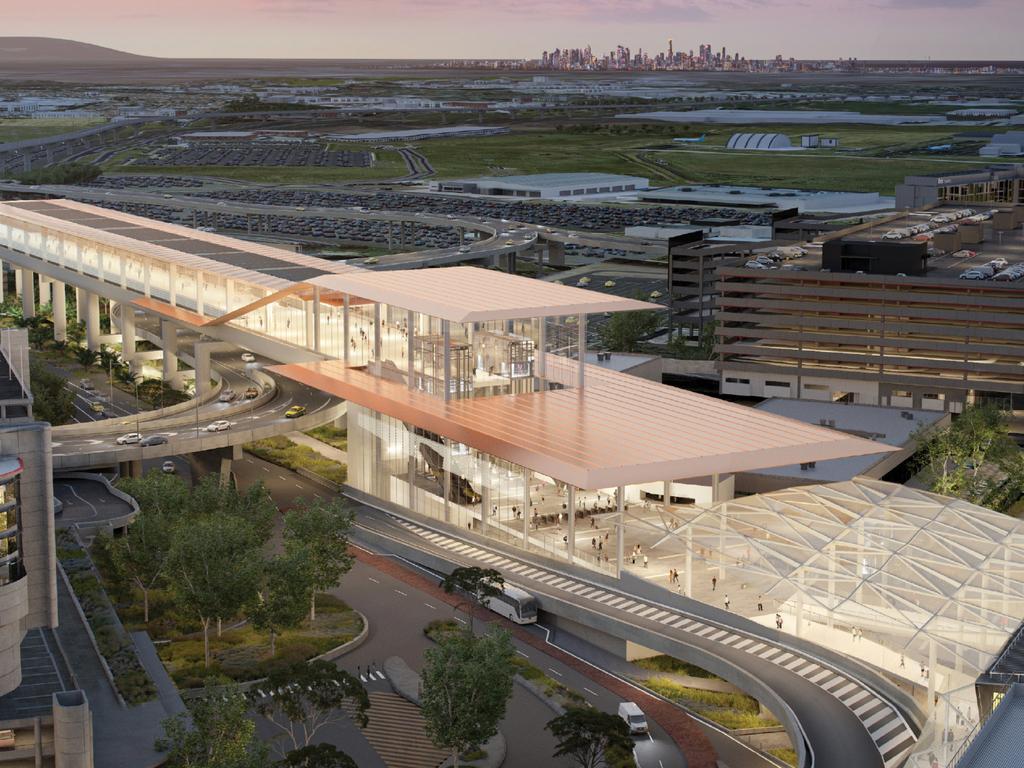
SICK Sensor Intelligence is finding ways to support train operators in France with its Ranger3 sensors.
SICK Sensor Intelligence has worked closely with RATP in Paris to investigate the rolling characteristics of its regional trains.
The process allows RATP to identify potential faults and areas on its lines causing wear, to quickly rectify issues on a network and minimise down time.
The use of eight SICK Ranger3 3D vision sensors enabled the project to be completed in record time.
Measurements were taken with 3D vision sensors, which by capturing the x, y, and z data, can shed light on how the wheels move on the rails.
Ranger3
The next generation Ranger3 streaming camera is highly accurate with good measurement speed, and can be configured for a range of needs.
Powered by the unique 3D sensor tailored for demanding vision applications, Ranger3 will serve as a key component in inspection systems. The camera extracts the true 3D shape of an object, regardless of its contrast or colour and as a result, improves quality for a multitude of products.
The Ranger 3 strives for cost-effective integration through its GigE Vision and GenICam compliance.
The unit’s CMOS sensor enables fast 3D measurement speed for increased throughput and reliable and accurate measurements on dark and bright surfaces.
It also has easy mechanical integration thanks to a compact housing, the ProFlex-Front, industrial connectors and 4Dpro accessories.
However, integrating the sensors to the trains was not without its challenges. To achieve the best results and remain within the clearance gauge, the space occupied by the sensor and its positioning on the car had to be adapted accordingly without impairing measurement quality.
The sensor also has to return a reliable result when exposed to impact, shock, vibration, and jittering while the train is traveling at a top speed of 130 km/h and an average speed of 80 km/h.
A profile based on uncountable data
For the project, an RER-A regional train was fitted with Ranger 3D vision sensors during operation at night for a test period of six weeks.
RER-A is one of the five lines in the Réseau Express Régional (Regional Express Network), a hybrid commuter rail and rapid transit system serving Paris and its suburbs.
The 108.5-kilometre (67.4 mi) line crosses the region from east to west, with all trains serving a group of stations in central Paris, before branching out towards the ends of the line.
The line gets around 300 million journeys a year making it one of the busiest rail lines globally.
System integrator, New Vision Technologies, installed the 3D cameras in a compact housing meeting the restricted volume requirements.
For 10 years New Vision has provided railway applications such as catenary measurement, rail position measurement and survey of a catenary area.
Cameras were mounted in front of the wheel, at the point of contact between rail and wheel, and behind the wheel on both sides of the train.
The measurement was taken by adapting the laser beam to the shape of the rail, which was reflected back to the 3D camera through a mirror.
The camera read and collated the measurement data, which was then processed to produce a rail profile characteristic curve.
With 2,000 measurements being taken per second, approximately 8 terabytes of data were captured and, which was then evaluated every 24 hours.
All of the information was collated and returned to RATP, to give the organisation the opportunity to rectify any faults or issues.
The post Powerful performance, small package appeared first on Rail Express.


